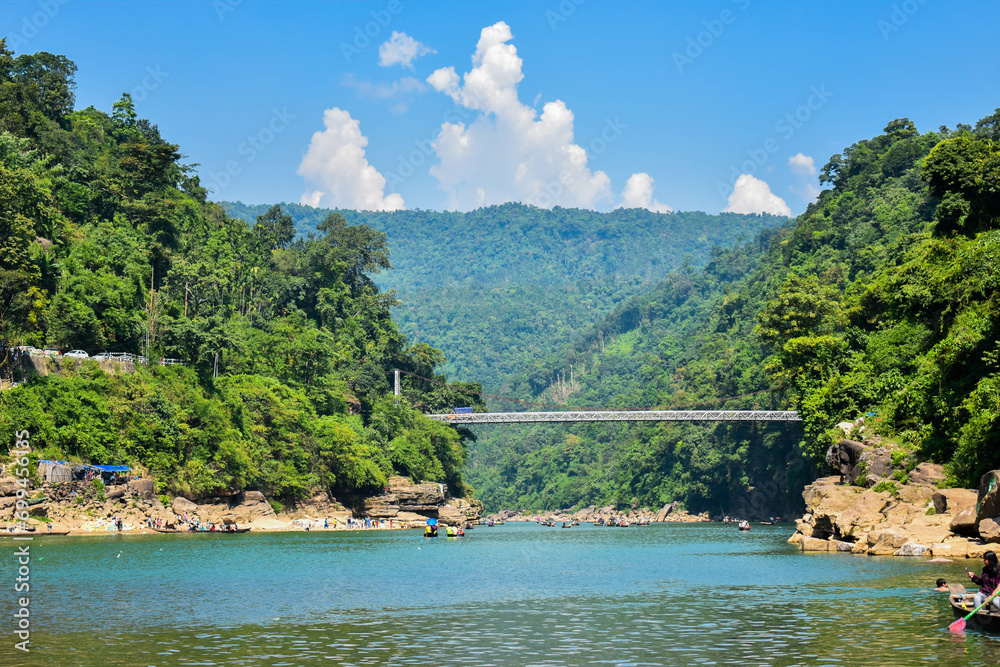

Jaflong is one of the most attractive tourist spots in the Sylhet division of Bangladesh. Nestled at the foot of the Khasi-Jaintia hills, this scenic spot is famous for its tea gardens, orange orchards, and the unique activity of stone collection from the bed of the river Goyain.
The history of tourism in Jaflong is relatively recent. The area began to gain popularity as a tourist destination in the early 2000s when travelers started to discover the beauty of the subtropical hills and the cultural practices of the local Khasi people. The riverine beauty of the Goyain River, coupled with the rolling stones, became a point of fascination for visitors, both local and international.
Traditional Stone Collection: Jaflong is also known for the collection of stones. The stone collection process, conducted by the local people, is a unique activity that captivates tourists. Many families of Jaflong rely on this traditional method of collecting stones from the riverbed, which are then sold for construction purposes.
With a growing interest in eco-tourism and sustainable travel, Jaflong has seen a shift in tourism trends. Visitors are not only interested in the scenic views but are also keen on engaging with the local community, understanding their cultural heritage, and giving back to the environment.
Community-Based Tourism: This approach to travel has become increasingly popular in Jaflong. Tourists participate in community-based tourism initiatives, which allow them to experience the Khasi culture firsthand, often through homestays and cultural exchanges.
Responsible Stone Collection: There has been a push towards making the stone collection process more environmentally friendly. Efforts are being made to regulate the industry to prevent over-extraction, ensuring that tourism in Jaflong remains sustainable for years to come.
To preserve the natural and cultural integrity of Jaflong, stakeholders are working to develop responsible tourism strategies that protect the environment while promoting economic opportunities for the local communities.